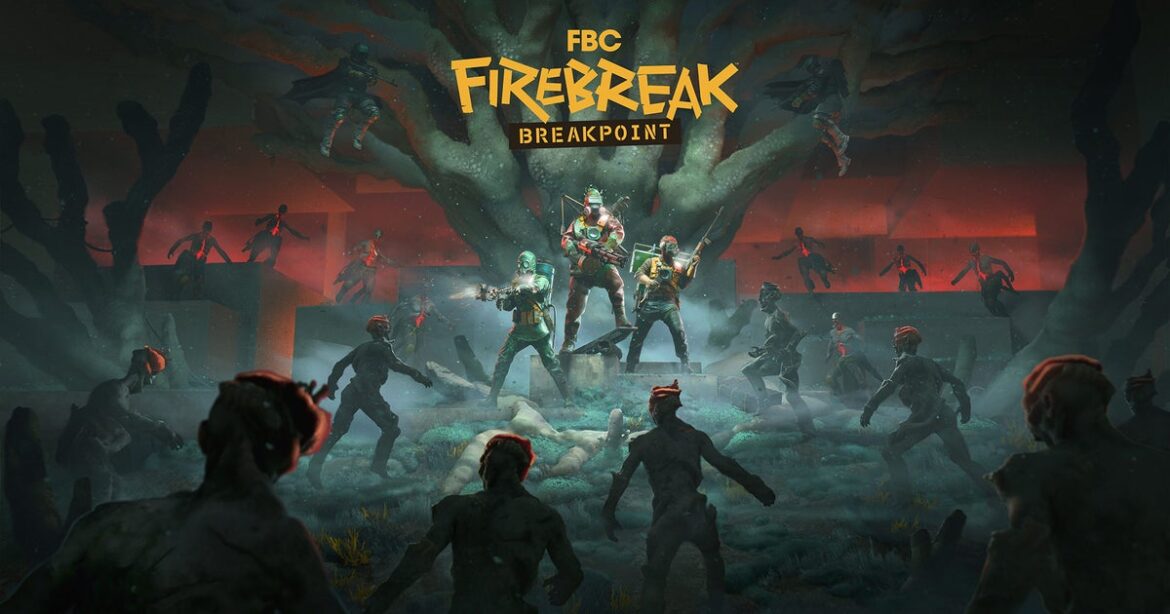It’s been no secret that Remedy’s FBC: Firebreak landed like a piece of haddock at the fishmongers. This shouldn’t necessarily be a complete surprise, after all this is their first attempt at a live service game that’s all them (they also helped to make CrossfireX, and that didn’t go very well either). Still, to Remedy’s credit they’ve also committed to bring changes to the game, and those changes are coming in the form of a big update titled Breakpoint next week.
Moving swiftly along from the fact that this update’s name feels like a make or break point for FBC: Firebreak, Breakpoint is set to arrive next week on September 29th. There is some new stuff that’s coming with this update, but the main point of it is multiple system overhauls and quality-of-life improvements. I mean, Remedy literally said one of its goals with this update is to “Improve everything about the FBC: Firebreak experience.” That’s a tall order!
One of the big issues with the game is that onboarding just… didn’t really work. Many found it a bit difficult to parse, with systems not getting enough explanations. Now, right at the start of the game there’s an “Orientation” tutorial level that comes with a voiceover and tips to get you acquainted with the basics. You’ll find some new job overview videos to better understand the game’s different Crises too.
Speaking of the Crises, these work a bit differently now too. There’s now a Crisis Board, replacing the game’s job selection screen, which refreshes every 30 minutes, and you can choose specific Crises to play too. Remedy explains that each Crisis is “currently a curated version of one of the existing five (six with the update) Jobs with randomized rewards, objectives, and length.” There’s also a new Crisis to play through, based around that mold you might remember from Control. Nasty stuff, but more to do is always good.
The game’s economy and progression has been changed too, namely that you keep any gear, guns, or perks you’ve unlocked. On top of that there are three currencies to be found, and any currency you currently have will be split evenly between these three.
In terms of what’s next, Remedy says the next major update is coming in late November, which they’re currently calling “Rogue Protocol.” That one will have cross-platform voice chat, as well as a new game mode. After that, the next big update won’t be until March 2026.
Who knows whether this update will breathe enough life back into the shooter or not, but at least Remedy is giving it a good go. You can read about all of the changes and additions here.

